Sharing some questions and (quick) answers from the 3rd edition of my Content Strategy Fundamentals training, this one through SVC, in March of 2022. I use a Miro board to run my online trainings, including the “slides”, and participants can ask questions all the while. I then pop in and add answers where I can. These are off-the-cuff answers packed into an already dense class. But there are some interesting questions in here, and maybe even some useful answers from me!
Q: How do you handle marketing folks who want to exert their ‘ways’ upon product content? E.g., long-form, persuasive language vs. clear, concise, usable language?
A: Quality checklists can help (and inviting them to self-evaluate against them, with your guidance). I’d also look at pair writing sessions, and User/Job stories (mentioned in Part 1). You have to move away from your opinion versus their opinion into their opinion versus documented user needs.
Q: As someone with little to no experience in this field, what would you say are key things to learn or skills to acquire and improve?
A: Content strategy is as much of a habit and vulnerability in an organization as it is a discrete skillset. I would focus on the general art of facilitation … being someone to suggest a meeting, plan how it will be run, leading the activities, and following through on the outcomes. Do that for content strategy questions and you’re doing content strategy now. Keep going!
Q: How do you test and plan for iterations on a content strategy?
A: Iteration is an interesting framing, I might need to think more about that. I tend to think of a content strategy as a living document. You don’t test it until it’s “right” so much as you keep refining it to be more and more useful. (Also keep in mind that “content strategy” is not the same thing as “editorial strategy” or “content marketing plan”. Those are certainly things you could test and iterate, from quarter to quarter, channel to channel, or even through A/B testing different approaches. But that’s a very different thing than what we’re talking about here.)
Q: What talking points would you use with senior folks who hear ‘content strategist’ and want think you should be doing capital-M marketing work? How to get broad alignment on ownership and differences between strategy and marketing?
A: You get broad alignment by facilitating broad alignment. Which is difficult. But workshopping it together, talking about responsibilities, giving those responsibilities titles (in the form of roles) and then assigning those roles together. Workflow planning can help in a discrete way on specific channels or content projects.
Q: What are the biggest challenges you’ve seen companies or orgs run into when trying to implement a content strategy?
A: Demonstrating progress / holding the wolves at bay. Content strategy work often doesn’t feel like progress so people get impatient and will push past true alignment and clarity, which creates conceptual debt, which ends up slowing everyone down. The other, more practical challenge is a mismatch between appetite and resourcing. People will make grand plans for a redesign or new site but not back up their vision with appropriate people, teams, time, and money.
Help your team get their questions answered with an in-house content strategy training.
A fun thing about this workshop format is that I keep building up and sharing the previous Q&A with new classes. I’ve got dozens of these now and more all the time. If this kind of training sounds valuable, drop me a line! I’ve done a variety of in-house content strategy trainings for agencies, NGOs, B2B and B2C enterprises, higher ed institutions, and more.

